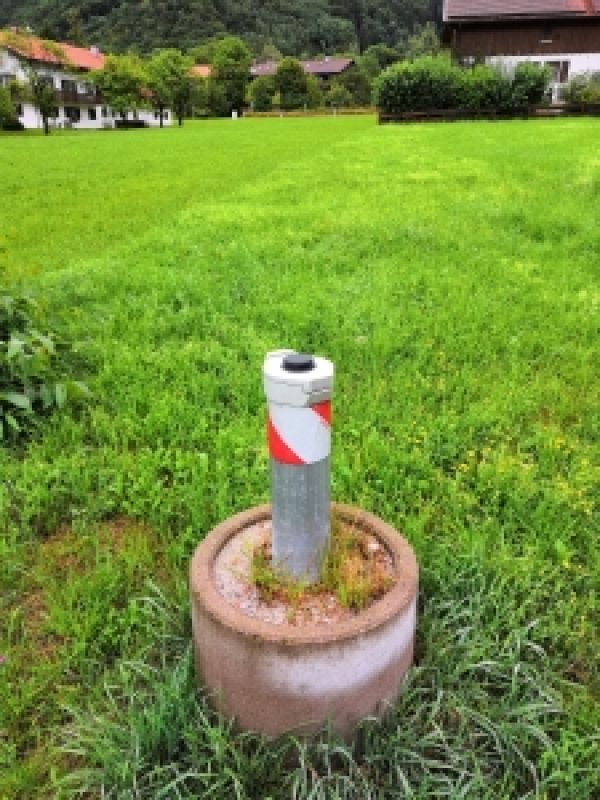A new study by researchers at Martin Luther University Halle-Wittenberg (MLU) compares temperatures at 35 measuring stations, taken at different depths, with data from the 1990s. Water found at a depth of 20 metres was almost one degree warmer on average than 30 years ago. The findings were published in the journal "Frontiers in Earth Science".
As the air warms, the ground also becomes warmer over time - ultimately resulting in warmer groundwater. Geologists call this thermal coupling. "Unlike the atmosphere, however, the earth’s sub-surface is very sluggish," explains Professor Peter Bayer, a geoscientist at MLU and co-author of the study. Because the ground below the surface does not react to short-term temperature fluctuations and thus tends to reflect long-term trends, it is a good indicator of climate change.
"This ground warming effect has been known to scientists, however there is still little data on it," explains Bayer. For the new study, Bayer and his doctoral student Hannes Hemmerle repeated measurements that had been carried out in the 1990s at 35 measuring stations in groundwater reservoirs in Bavaria. The measuring points are distributed throughout the state, which provides a rare insight into the development of an entire region.
Continue reading at Martin Luther University Halle-Wittenberg
Image via Martin Luther University Halle-Wittenberg


